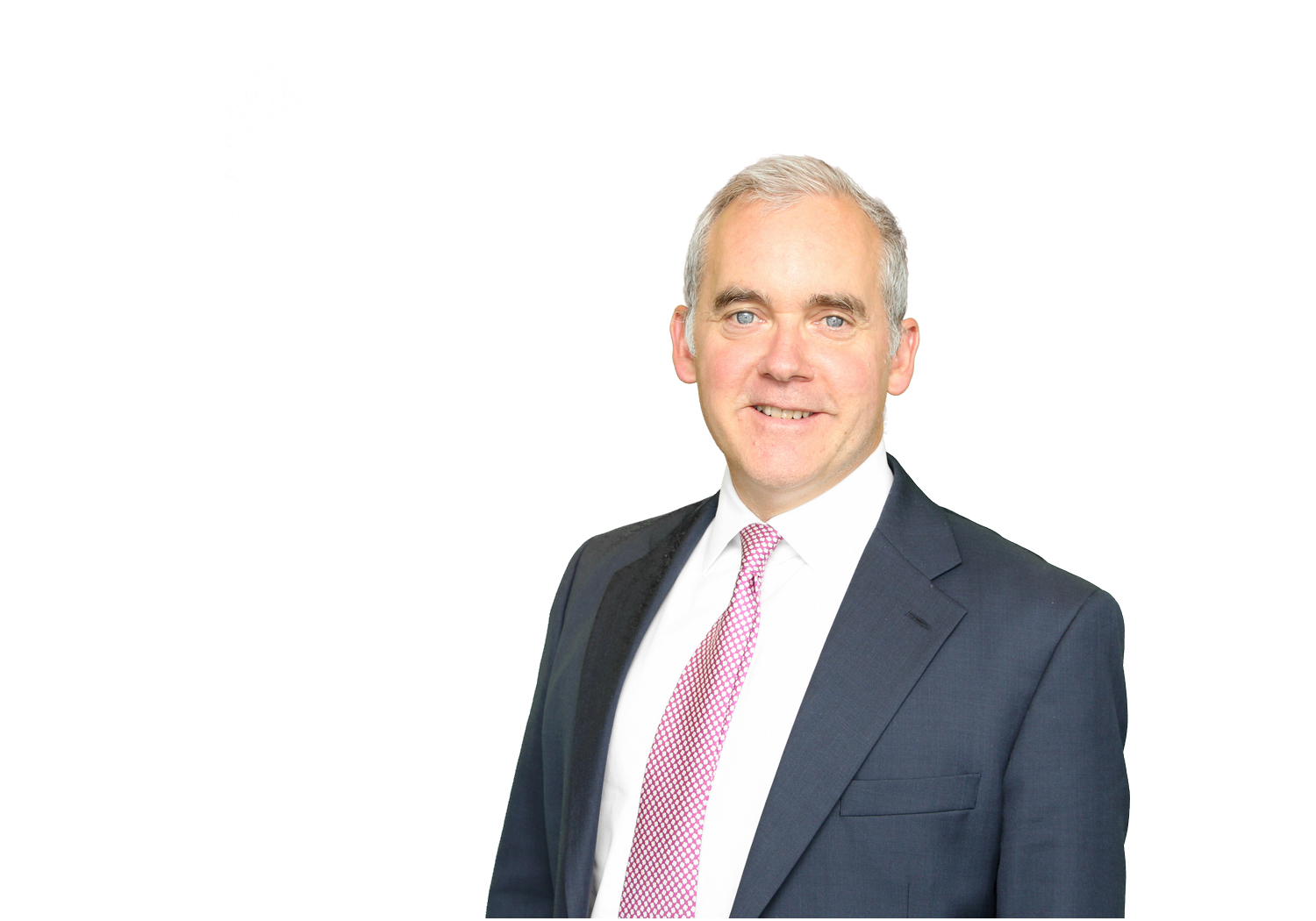Multi-asset strategies continue to gain weight in response to the current market environment. For Justin Simler, Investment Director at Investec, “it has become a reality everywhere, and the reason it is commonly demanded by investors is because it offers greater profitability, taking into account the relationship between the risk assumed and the return on investment.”
Simler speaks from his experience as Investment Director with the Multi-asset team at Investec Asset Management and, therefore, responsible for the management of processes and products throughout the range. “Investing in single assets forces you to follow a single market and is an attractive option, but what happened in 2008 remains fresh in the memory of many investors. With a multi-asset strategy, however, the investor perceives protection,” he points out.
As an example of this, Simler cites the Investec Global Multi-asset Income fund, which is marketed in Spain by Capital Strategies. It is a flexible fund with a maximum in equities of 50% per prospectus, but which has never surpassed 34%. It can invest in government or corporate bonds, as well as in all countries, but maintaining a minimum of 35% in countries within the European Economic Area.
“The focus of our multi-asset strategy is different from other strategies of this type. When selecting the assets, we take into account the fundamentals, as well as their valuation and the behavior of their price in the market. And when we build the portfolio, we establish an optimal mix between growth, defensive and uncorrelated assets, with the goal of earning attractive long-term income,” Simler says about the fund.
In this respect, the three key drivers of Investec’s strategy are: “a resilient portfolio built from the bottom up, structurally diversified and actively managed, and limiting downside risks,” he adds. In growth type assets, the fund considers corporate stocks, high yield, emerging market debt and private equity, amongst others; While among defensive assets it takes positions in government bonds, investment grade bonds and indexed bonds. Regarding the search for uncorrelated assets, it focuses on sectors such as infrastructures, insurance and assets of relative value.
As Simler points out, the three investment areas that they consider are: United States, Europe, and Emerging Markets. “In equities, we are moving away from the United States, although we remain in certain sectors like the technological one, which has allowed us to make a lot of money. Even though it’s not a matter of choosing between American or European equities but rather of being very selective with the securities chosen and the exposure that is taken. In general, we believe that we must take advantage of European fragmentation to keep the best assets,” he says. The political uncertainty experienced in Europe has also made him cautious, focusing his portfolio on emerging markets and Asia.
Within emerging markets, Brazil and Australia are the countries he places the greatest emphasis on. “For example, in Brazil, government-backed bonds offer a good quality option,” he cites as an example.
Economic Environment
Although political instability seems to have calmed down and global growth continues, Simler believes we still shouldn’t let our guard down. He is particularly concerned about the probability of recession and watchful of any economic signals pointing to that possibility.
“We are in an environment where there is growth in the United States, Europe and the emerging countries. For now, we believe it is unlikely that there could be a recession in the short-term. However, there are certain risks that are beginning to grow. And of course, the political risks around the Euro zone, in particular the Italian elections and the growth of that anti-European sentiment,” he says.

